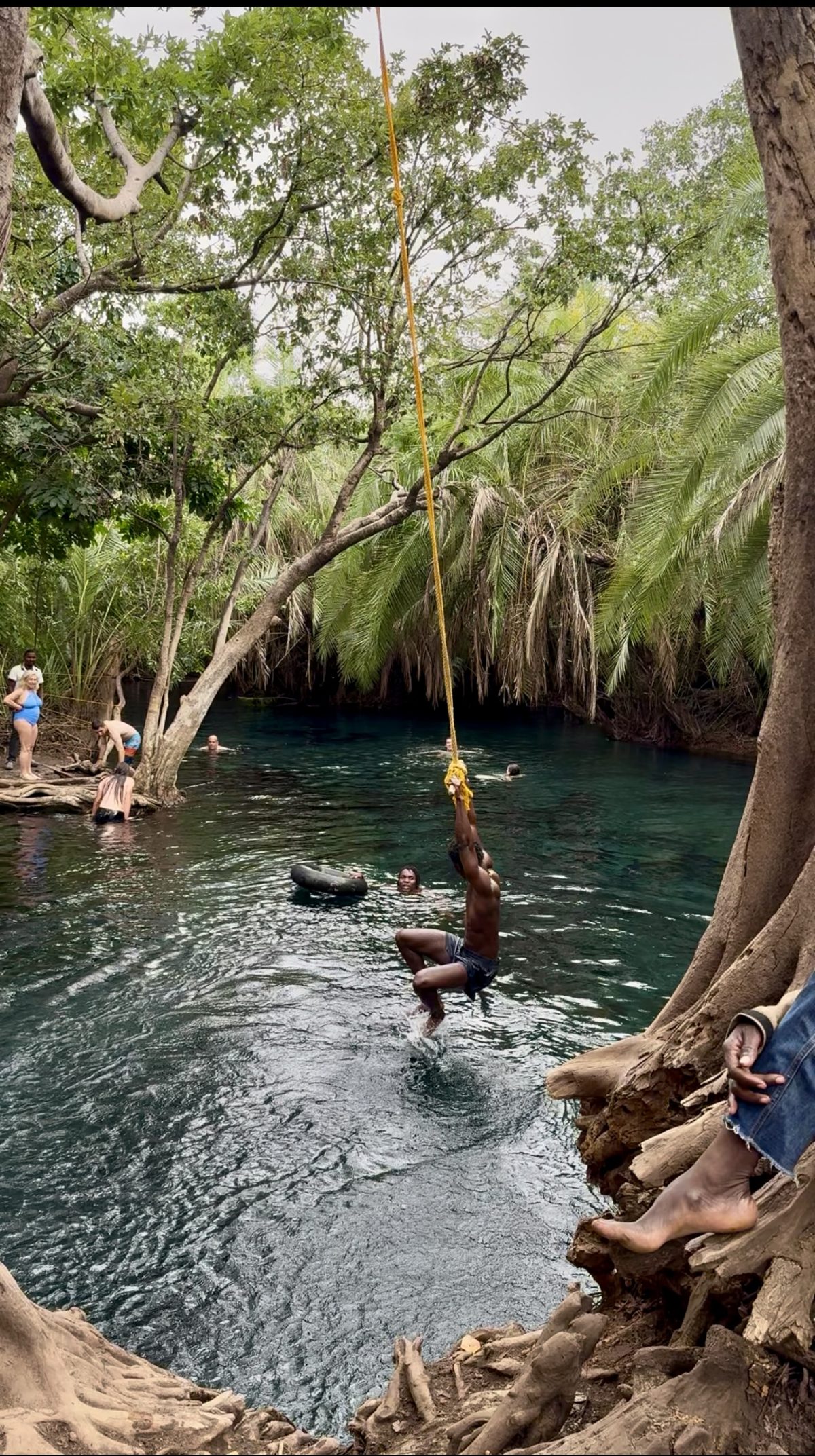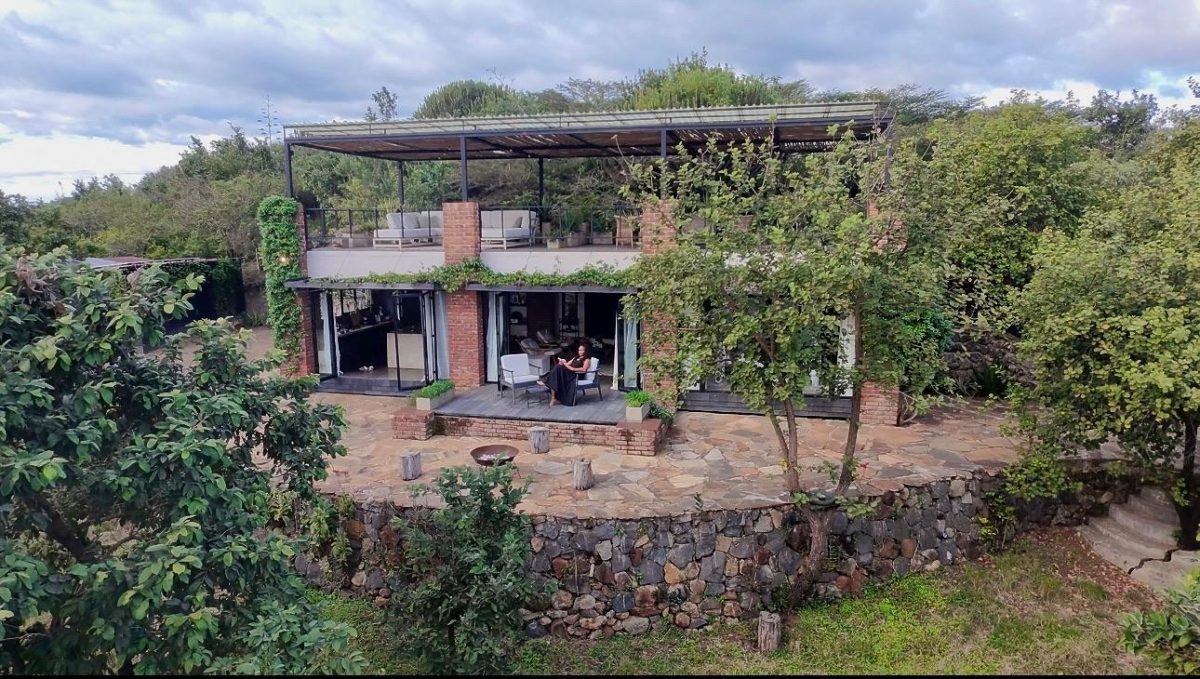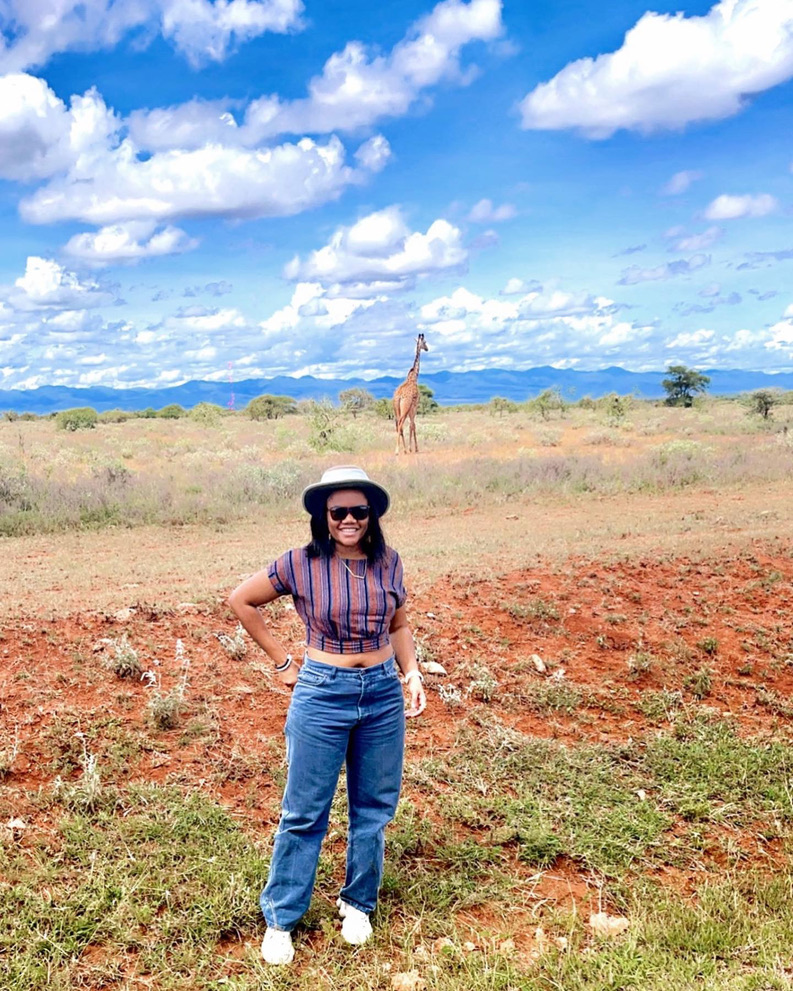Your cart is currently empty!
Category: East Africa
What To Do In Arusha, Tanzania: A Travel Guide
Arusha is the gateway to Tanzania’s northern safari circuit and a destination worth exploring on its own. The city offers stunning landscapes, lively markets, natural hot springs, coffee farms, and cultural experiences that give you a real sense of place. This guide shares everything you need to plan your trip—when to visit, how to get…
Nyumba Ndoto: A hidden Gem in Arusha, Tanzania
Arusha, dubbed the “Geneva of Africa,” offers a tranquil escape at Nyumba Ndoto, a serene cabin surrounded by nature. Guests appreciate spaciousness, breathtaking views, and thoughtful design. Equipped for relaxation, this off-grid stay encourages mindful living. With cozy pods for added privacy and a well-stocked kitchen, it’s perfect for small groups seeking tranquility.
Nairobi Awaits: 20 Top Activities for Every Traveler
Nairobi, Kenya’s vibrant capital, is a city like no other—a thrilling mix of urban energy and untamed nature. Just minutes from downtown, you can witness majestic wildlife at Nairobi National Park, where lions, rhinos, and giraffes roam freely against towering skyscrapers. It’s where the city’s heart meets the call of the wild. Beyond the park,…


